Whether you are a business seeking to increase website SEO or establish itself as a thought leader, a non-profit organization seeking to inform the public, or an individual with ideas you want to share, blogging is an engaging way to ensure that your site constantly has fresh and updated content.
However, sometimes it can be a challenge to create compelling blog posts. So we have broken down the key steps, from start to finish, for you.
1. Idea Generation
When considering topics for your next post, it is important to think about what will provide real value to your particular audience. If your website is a corporate site or run by an NGO, you will also want to ensure that your blog topic is aligned with your branding. Choose topics that will increase organic visitors to your site because they are trending and relevant.
If you are short on ideas, there are various tools and methods you can use to generate topics. You can analyze competitor blogs and try to find gaps in their coverage or unique spins that you can provide. You can explore trending topics by browsing hashtags on social media that are relevant to your website, checking pertinent news sites, browsing appropriate channels on Reddit for popular topics, or use tools like Buzzsumo and Google Trends.
2. Planning
The ideal blog post is around 1,500 words but thought leadership content may be longer, and product promotion posts or news may be shorter. Start by building an outline of your post, with around five subheadings. You can use tools like Workflowy to then add the points you want to cover under each heading, or you can just use bullets in a document.
For most blog posts, you will then want to build in supporting research, examples, or data.
3. Writing
Begin writing the post with a sentence to draw the reader in, then provide the reader with some context about the importance of the topic, and what they will gain from reading it.
Next, write out the body of your post, using the outline you created. The tone and style will vary depending on the objective of the post, but in general, it is recommended that you use a conversational tone and short paragraphs and sentences.
Most blog post types will want to conclude in a thought-provoking way, or on an inspiring note, and with a call to action.
4. Editing and Optimization
At this stage, if you can, take a break to gain some distance from what you have written. Then come back to your writing and edit it for clarity. Tighten your sentences, removing any superfluous words and phrases. Read the post out loud to ensure that it flows, then use built-in spelling and grammar checkers, or online tools to weed out any errors you may have missed. Preferably, get another person to also look over the post and provide feedback.
Make your content skimmable and visually appealing with bold subheadings and images or photos.
5. Implementation: Posting and Promotion
Exactly how you publish your blog post will depend on the CMS you are using. But you almost always will want to add tags. These help search engine crawlers understand what your post is about, can help you organize posts on your site, and also may provide you with data. Schedule your post to be published at a popular reading time, such as weekday business hours. That particularly makes a difference to any readers who are subscribed to your blog and receive posts by email.
Finally, promote your post on social media, tagging any companies or people mentioned, and using appropriate hashtags. Keep an eye on the post metrics, and adjust your blog post strategy accordingly.
If this is something you need help with for your Business or Organization and are ready to get started – please click the link below to schedule a meeting to discuss!



Setting Up a Google My Business Account
To take advantage of your Google Business Profile, you’ll need to first create a Google My Business account and follow the steps to set up your business listing. After creating your Google My Business account, you’ll need to claim your Google Business Profile. Once you’re verified as the business owner, you’ll have full control over your Google Business Profile, allowing you to optimize it and grow your online presence.

Google Business Is Only the Beginning
Whether you’re pontificating upon how to start a business, how to increase overall foot traffic to a business, or how to increase your business and brand exposure online, a Google Business Profile is an excellent place to start. If you’re ready to level up your digital presence even further, please don’t hesitate to get in touch. Our team is here to help your business put its best foot forward online.


